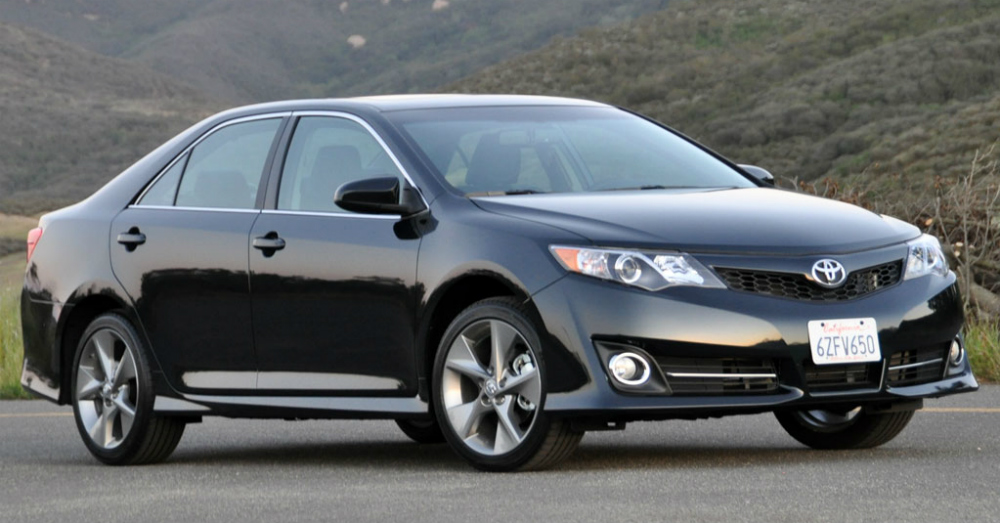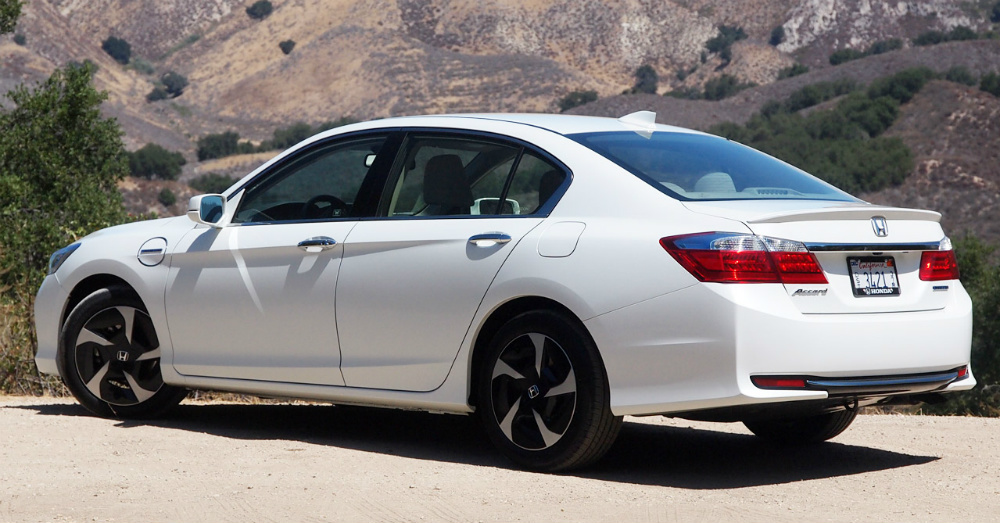When the word reliability is mentioned what vehicles do you immediately think of? Usually any model from Toyota, Lexus, Honda and Acura would be the first choice of answers and these would be very accurate. These brand names have been some of the most reliable for many years and there are certainly reasons why these names are considered the longest lasting. If you think it’s because they are Japanese models that would be one point where you are wrong. Even though these names have been atop the charts for decades, Nissan has not, which is another Japanese brand.
Currently, research shows that the vehicles from Fiat Chrysler are leading the charts for reliability and GM is coming in fourth. This doesn’t necessarily mean the longstanding leaders are slipping, but it rather a nod to the fact other brands are learning from the Toyota and Honda and making the right adjustments to give us more vehicles that are high on quality and reliability across the board. With so many parts on a vehicle and the increase in technology and equipment the number of problems per 100 vehicles has dropped from 155 to 133.
When we look at the ten most reliable cars according to Consumer Reports, nine of them are from Toyota, Lexus or Scion with Lexus, Toyota, Mazda and Honda holding the top spots for the automakers on the same list. With that in mind, it begs the question of why these brands have been reliability leaders for so long. The answer is so glaringly simple it will absolutely surprise you. Even though these brands are great at giving us new technology and don’t mind putting additional features on their vehicles they do so slowly and only after a complete testing of what the effects of the changes will be on the vehicles.
As boring as that answer is, that is the truth behind the success. Not only are they slow to add new technologies, they are very slow to abandon what has already giving them success when it comes to reliability. Toyota is the largest manufacturer in the world and has some of the most reliable vehicles on the planet and they don’t leave behind anything that has brought them success. When you look at the new Corolla you see the same powertrain as the previous generation and the Camry does the same with its drivetrain although it has 2,000 new parts, the drivetrain continues to be the right fit.
Honda does much the same thing, making only slight changes and doing so slowly. This method of transformation helps to protect the reputation of having reliable vehicles. If you think about it, this makes perfect sense. We all love to talk about the power of a sports car, but the reality is very simple, most of us drive sedans or SUVs that we need to be there for us throughout our time of ownership. The power is less than important, but the ability to constantly get from one point to the other is paramount.
Another part of the reliability question that makes some sense is the advice not to purchase the first year of a new generation. Used car dealers love this concept. This may be somewhat counter intuitive as we all want the new shiny ride, but typically the first year is the one that has the most trouble and it takes that first model year for a manufacturer, even some of the best for reliability, to work out all the kinks. Once a vehicle reaches the second or third year of a generation, it has the bugs worked out and gives you a great ride with some fantastic technology.
Reliability isn’t a Japanese thing, it’s certainly not a regional topic, and it can be had by any manufacturer willing to put in the time and effort, but it does take a lot of time and effort. In order to gain a reputation for reliability there has to be a brand mentality of bringing the reliable vehicles to market and a very slow progression across the board to ensure that reliability becomes a reality.
This post may contain affiliate links. Meaning a commission is given should you decide to make a purchase through these links, at no cost to you. All products shown are researched and tested to give an accurate review for you.


